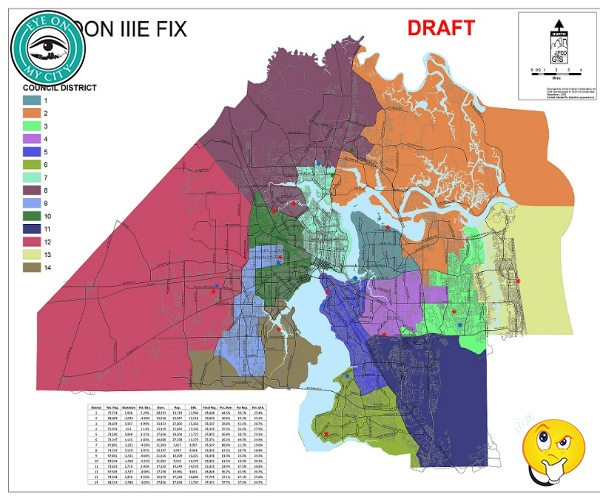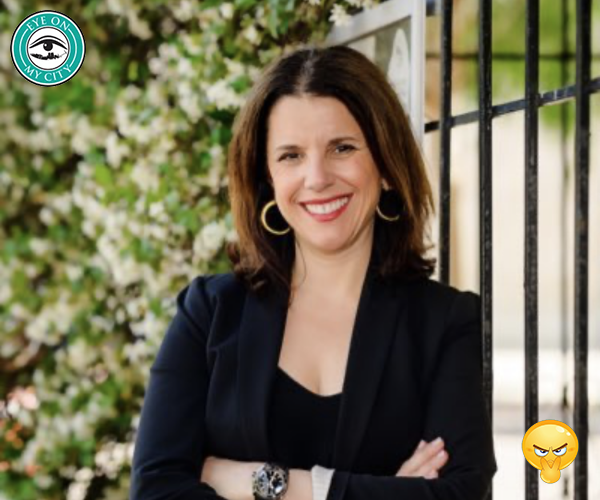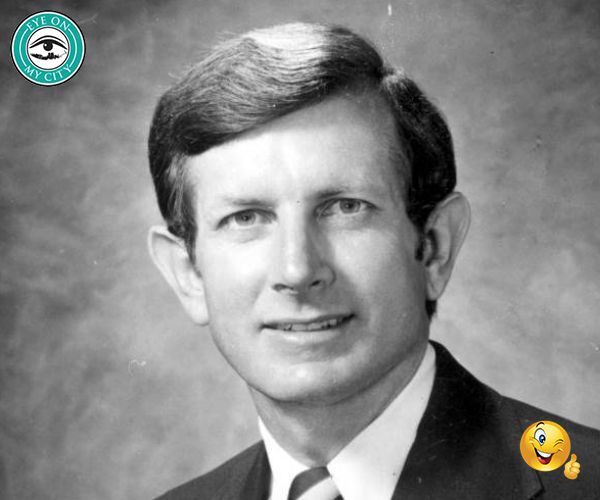One fact that emerged from the hearings on City Council redistricting effort this week is that it is not possible to please everyone – and not possible to please some people at all.
People – public and politicians alike — cannot seem to understand that the process is like having 14 balloons in a closed space. If you change the shape of one balloon it will change the shape of one or more of the other balloons.
The Special Committee on Redistricting spent a lot of time and effort for three days taking public input and debating before directing its experts to redraw the district maps in their computers.
Efforts were made to keep neighborhoods such as Riverside-Avondale and San Mateo together but doing so affected other neighborhoods such as Springfield.
It was all brought about by Democrats who had gone to federal court to contest maps the council drew earlier, after the census. A federal judge ruled in their favor, which brought about the effort to produce new maps.
Democrats are seeking to extend their presence on the council by having the maps gerrymandered in the Democrat Party’s favor, while claiming to be acting out of concern for minority voters.
There was a lot of animated discussion about the Voting Rights Act but the city’s lawyer told council members any of the maps they considered would meet that law’s requirements.
All of the changes were made in the seven districts north and west of the river.
Race was not considered in drawing the maps.
One valid criticism was that the council members were overly concerned with the location of incumbent residency. Each of the maps was drawn with that as a priority.
But a lot of the other complaints that came from the public clearly were political in origin.
It was a horribly complex process from the outset, legally and procedurally.
However, Council President Terrance Freeman did an excellent job of keeping the process in order and moving forward – up to a point.
At the full council meeting Friday, dissenters wanted to toss out the committee’s recommendations although Freeman cautioned them that the committee had spent many hours taking community input and that effort should be considered.
Surprisingly, the dissenters prevailed. The committee’s work was ditched not for one reason but because many objected to different parts, although most of the complaint was because the Riverside-Avondale-Ortega area was split.
While that could have been fixed, enough members wanted to go back and start over.
They did that by returning to a previous version of the map and making adjustments that satisfied as many people as possible, then voted to adopt the map with only Council Member Brenda Priestly-Jackson dissenting.
In the end, the historic Riverside-Avondale neighborhood was kept together but moved into adjacent District 10. It also was separated from Fairfax, Ortega and Venetia, which remain in District 14.
Council Member Randy DeFoor, who currently represents that area, led the effort to patch together a compromise. In the end, she was willing to separate the neighborhoods and allow the Riverside-Avondale area to go to another district in order to keep them together.
The final tally has eight districts with more Republicans than Democrats, some by slim margins, and six with more Democrats.










